

Top Left - An artist's impression of Malacca in the days of the Portuguese
2nd - Alfonso D'Alberqurque leading the attack
3rd - Parameswara
Written by John Doe
"The port of Malacca was in a horrible state of affairs. Every night, the river of Malacca had to be chained with logs, to keep the marauding Pirates from attacking this small port. Sailors had to sleep in their ships, to safeguard their cargo, and to prevent the frequent attacks and the burning of ships... Malacca was no longer safe"... -Portuguese Records.
Malacca was never the largest port in SEA. It was never the most important port either. It was always overshadowed by Tioman, Pasai, Patanni, Aceh, and so on. The trouble is, the Indonesian Government does not even want to recognize the Acehnese Kingdom anywhere in their Textbooks, or present day Maps, simply because the Acehnese are claiming independence. (The same quashing of this history is happening to Pattani, hence the everyday violence in Yala, Songkla, Satun and Narathiwat.) The Acehnese territories had been under the Ottoman Empire for a brief spell in the 12th & 13th Century. This leads to further Academic complications as the Ottoman Empire was a creation of the Mongols of Gengis Khan. The Khan's also ruled all of India, and their subsequent descendants built the Taj Mahal. (BTW, Shahrukh Khan, Riz Khan, Yahingir Khan, Jansher Khan are all descendants of the Gengis Khan family.)
You need to understand that the Mongols, or also known as the Moghuls, were of multiple religions. You had the Muslims, the Buddhists, and these Mongolians did actually live in harmony. It wasn't until the days of Kublai Khan when trouble began, as his uncles were too busy fighting each other for territories. Needless to say, Kublai Khan resolved all these issues, and built his Xanadu, in Beijing, known as the Forbidden City today. Yes. Altantuya's ancestor-relatives built the Taj Mahal, and Forbidden City.
Now all this happened BEFORE the birth of Parameswara's great-grandfather. This was the 12th Century. Circa 200 years, right around the time when the Majapahit Kingdom fled, and broke away from the Srivijaya Kingdom. The Majapahit Kingdom then begged China many many times to "recognise, and legalize" their position in Palembang. The vicious Javanese Srivijayan's duly killed the Chinese Emissaries of the Ming, and refused to recognize Majapahit. They had made enemies with the Thais, who were then, under the control of the new Kingdom of Sukkhotai. Yes, Sukkhotai was only formed in the 13th Century. Preciously, Siam were ruled by the Angkorians in the 11th and 12th Century, and subsequently by the Burmese (Bago) from 1558-1773.
Back to the Majapahitans. They even started using and manufacturing their own Chinese coins, known as the Kepeng during the 13th Century. Please remember that the Majapahitans are really Javanese. These Hindus severely oppressed and ruled the gentle Malays of Jambi with an iron thumb. The Malays were innocent Buddhists then. The Hindu Majapahitan Javanese then quashed whatever was left of the Malays, and destroyed most, if not all, of the Malay Buddhist Temples. They all lie in ruins underwater in the Melayu River today. They await Archaeological Excavations, even though they were found more than 12 years ago.
Now this sets the stage for Parameswara. He wanted to kill his own father, because he was greedy, and wanted to be King of Majapahit, and was immediately issued a death warrant by his own father. He then fled to Temasik, where he killed King Tamagi, (who was the Brother of the King of Pattani, then under the rule of Ayodthaya). The port of Patani at that time was one of the busiest and wealthiest ports in the region with trade from China, Japan, Portugal and later on the British, apart from the local traders. The materials on trade were gold, cotton, silk, spices, porcelain and pottery.
Patanni was an excellent Port, situated right in between the Champa Kingdom of Vietnam, and Aceh of Sumatera. Furthermore, Lembah Bujang had been in existence since the 2nd Century, and was considered to be one of the Holiest Hindu sites in Southeast Asia. This was also the oldest Hindu known site in all of SEA. The second oldest would be in My Son (pronounced Mee Senn) in Central Vietnam, of the 3rd Century, under the Champa Empire. Borrobudor (Buddhist) was built n the 6th Century, and Angkor (Hindu), was built in the 8th Century.
All these Kingdoms were constantly flipping between Hinduism, and Buddhism. Depending on the Kings which ruled, their Kingdoms would constantly change from Hinsuism to Buddhism all the time. As such, Prambanan, Chandi Sukkho and Chandi Chetto, and more than 600 Hindu or Buddhist temples were built in Java during the Srivijayan Period alone. The same was true of Angkor. The Kings often hacked the statues of Shiva, Vishnu, Brahma, or Ganesan, and replaced them Buddha each time the Kings decided to change religions.
Such was the turbulent backdrop against which Malacca was to enter. It is important to note the dominance of the popular Religions, depending on the incoming traders as well. When the Gujerati traders first arrived in the 2nd Century, they were Hindu. When the same Gujerati traders arrived in the 10th Century, many had converted religions already. Champions of Islam were also arriving. Most notably, was Syed Bukhari, who smashed his penis on a stone, so that he would not "think evil thoughts", was one such Champion. The stone where he smashed his penis can still be viewed in Pariaman, West Sumatera. The Mingangkabau's are extremely proud of it, although we do not know anyone who has emulated Syed Bukhari recently.
On the same topic, Zheng He was probably either never circumcised, or perhaps he was "overcircumcised", as he was a Eunuch. I find it extremely strange that so many Chinese Temples are built in his honor, despite him being a Muslim. Regardless, Zheng He probably helped bring Islam into Malacca, along with his 30,000 Military Armada. The Sultan of Brunei, among others went to China to pay respects to the Ming Emperor. All Ming Emperor's names began with "Tzu" (pronounced Chu), so the fairy tale of Hang Li Poh being a Ming Princess doesn't hold water. There are those who claim that Hang Tu Ah translates to "Noble Warrior/ Leader" in the Thai Language. But, that remains to be confirmed.
It is important to note that despite Malacca having all the written records of a Maritime Law, the question of enforcement has never been brought up. The Royal Sampan Armada was never found, nor was there any grave of any Sultan during the classical Malacca Period.
The only one which is highly suspect, is the one found in Fort Canning Hill in Singapore. However, once you know that Parameswara killed the Temasik King, Tamagi, then, it is highly unlikely that the Malaccan Javanese and Bugis migrants would carry the body of Parameswara all the way back to Singapore for burial. The ruling Thai's would have never allowed this to happen. Also having said that, just like the grave of Hang Tuah, Hang Jebat, Hang Kesturi, Hang Lekir, and Hang Lekiu, there was never any names written on their grave (unlike the Acehnese Gravestones). All that was there, was a large stone. So, perhaps it was "Officially designated" as a tourist site, and a subtle claim of "Validation", which turned these unknown graves into the graves of warriors.
Just as the Tourism Malaysia Signage states (at the grave of Hang Tuah) "... This was a large stone, marking a grave, and hence, it must have been an important person. As such, it could have been no other than that of Hang Tuah". You see, this is open admission that no one really even knows whose grave this is. Also, by admission, "All we found was a large stone".
Yet, today, this Alleged Hang Tuah Grave is styled like the Touristy "Hang Graves" found in town near Jonker Street. I also find it extremely ironic that Hang Tuah's grave is situated in Kampong Keling. It is only dutiful of me to note now, that it becomes even more ironic that one can find alleged Soldier and Warrior Graves, but not one single Sultan. Yes. Not one single Sultan's Grave has ever been found.
Nor has there been ever any building, or structure of the Great Malaccan Empire been found either. Not one !! Why is this so? Is the Glory of Malacca a fictitious creation no different from the Mythical "Social Contract" which UMNO raves about?
I now turn your attention to Pulau Besar, situated just off the coast of Malacca. You can reach that place by regular Ferry. Why has this island never been mentioned or offered as proof of Malacca? The island is beautiful !! It boasts a golf course which has changed hands at least 4 times (coz of Bankruptcy), and a magnificent Marina City, which has yet to be launched. Construction completed in 2001. And the white sandy beaches are a joy to sunbathe on. The reason? It is apparently haunted !!
Putting ghost stories aside. This island has more than 1,000 graves !!! Of these thousand graves, two are Muslim Graves. And all the rest are Hindu Graves. Many Indians, Muslims, and Chinese flock to this Island on the weekends to pay homage. The graves are from the Malaccan Period, and yet has never been offered as "Proof". Why?
Because there were only TWO Muslim Graves. It is most interesting to note that people go there to pray for Lottery numbers and such. It is even more interesting to note that the Malaccan Government destroyed 7 graves belonging to 7 Brothers. Who are these 7 brothers? And how important were they to warrant their graves to be destroyed with a Bulldozer by Malaysian Officials? And where are any of the Malaccan Kings?
And why is the only other Cemetery, the one on Bukit China? Why are Hindu, and Chinese Graves the only reminders of this allegedly Great Muslim Empire? Where are the Muslim Graves?
The Muslims do NOT cremate their dead, and throw them into the sea, so, again, and again, I question the validity of any Muslim evidence in Malacca.
I stress that the ONLY item which suggests that there was a Malacca was a solitary coin minted. I wrote about it sometime ago (Click HERE). Even then, the coin only states "Yang Arif", which means "The Smart One".
So either this King had no name, or it was not even a Malaccan coin at all !! Half the guys in town are called Arif today. This does not mean in any way that any of them minted this coin. It is also interesting to note that this coin is called a "pitis". As all of us know, the "Pitis" was a solitary coin ripped off from the Duit Pokok, which was used to be presented to the Siamese Kings. Bank Simpanan Nasional still reminds Malaysians of this tribute paid to Ketuanan Siam, as they still use it as their Logo today.
The other issue is the chronology of events. It was recorded that the Thai's attacked Malacca in 1447, and yet, the battle was fought in Muar. Perhaps, we have all been searching in the wrong place, and the original and REAL Malacca is Muar.
Geographically, the Muar river is far superior to the Malacca River. It is as wide as the Singapore River, and the waters are calm. All maps which we see from the Portuguese, and the Dutch, show present day Malacca. This is easy to understand, if the Portuguese relocated Malacca, from Muar to present day Malacca. This also makes perfect sense, that not one artefact from during the "Zaman Gemilang Malacca" has ever been found.
All we see today, are the 16th and 17th Century buildlings. Namely, the Portuguese "A Famosa" Gate, the Dutch Stadhuys, St Paul's Church, and the Dutch Graves located behind it. The fake Museum replica was only recently built to provide an "imaginary" illusion that there was once a magnificent Malacca in its' present day location. Of course, no one will find anything from the pre-Portuguese days.
Present day Malacca is probably NOT even THE Malacca !!! It is simply just another Kampong Nelayan which the Portuguese took over. Even Kampong Keling, and all the other "supporting Villages" which surround present day Malacca do not have a shred of evidence that any of them existed during the "Zaman Gemilang Malacca".
This is so strange. Any visitor should go see "Zaman Gemilang Portuguese dan Belanda" instead. Malacca is begining to be another "National Embarrassment" soon, if this is not quickly rectified.
Assuming now, that there was indeed a Malacca, (but located in Muar), it is important to understand the state of affairs in and around Southeast Asia. Majapahit was going through tough times. The kings were assassinating each other, and there was Civil War in Java between 1401-1406. During the same period, there were also Multiple Earthquakes, Floods, Tsunami's and severe Drought.
All this took its toll on the warring Majapahit, and Srivijayan Kingdoms. Names such as Bhre Kertabhumi, Kertavijaya, Purvavisesha, Bhre Padan Salas, and so on dominated the scene begining with the assasination of Kertavijaya. All wanted to grab power. Most of Indonesia was divided, and subdivided into really small mirco-Kingdoms, and each was fighting the other for power, and control.
As such, the neighbouring ports benefited from this. Malacca (situated in Muar) was one such Port. It was small, young, and was adequately supplying resources to passing ships. However, things changed for the worse towards the end of the 15th Century. In 1499, Majapahit sent a last-resort plea to China to ask for financial assistance. It had gone bankrupt, and foreign merchants had decided not to stop there anymore. Malacca, and the other Sumatran Sultanates colluded to attack the northern Empires of Java. By 1500, they had suceeded in controlling all of the North of the Java.
The most powerful of this Alliance was the Demak Dynasty. He had 30,000 men, was much stronger than Malacca, and he was Chinese. His name is Cek Kok Po. He later adopted the Javanese name of Raden Patah, when he married his Javanese wife. The second strongest Force was Surabaya. The Portuguese saw this as a great opportunity to advance itself to the Spice Islands. As such, it immediately saw that the Civil Wars going on in Java had completely weakened itself. Perang Saudara was working for the Portuguese. However, this same Perang Saudara was also crippling the export of the much needed spices to the West, and their meats were rotting during the warm months of Summer.
In 1509, the first Royal Portuguese trading expedition commanded by Diego Lopez de Sequiera with a fleet of 18 ships arrives in Malacca hence the first European to arrive here. The locals called the Portuguese `Benggali Putih'. In an argument over the collection of "Malaccan taxes", vs the Portuguese going to the Maluku islands to obtain their own spices resulted in the Portuguese ships being ferociously attacked by Malacca. Most escaped except for 20 prisoners. Thus, hatched the idea of Bludgeoning Malacca to use it's strategic location to attack Java, and thus command the Spice Trade of the West. Thus began all the report speaking good things about Malacca to obtain Military funding for the Expedition to control Java, and Maluku.
Now, the following is what was never taught in schools:
B. W. Diffie and G. D. Winius in the book "Foundations of the Portuguese Empire 1415-1580" wrote: "the capture of Malacca by a mere 900 Portuguese and 200 Indians must rank as an event in the history of European expansion no less stunning than the better known conquest of Tenochtitlan by Hernando Cortés". Malacca claimed to have 100,000 fighting men, as was written in Sejarah Melayu (Asal-Usul Raja-Raja). So, either the 100,000 fighting men were utterly useless warriors, or someone was lying about the number. Or, the 900 Portuguese and 200 Indian Warriors had some "special Ketuanan" of sorts...
In 1510, Bendahara Tun Mutahir plots to assassinate the Sultan. Sultan Mahmud Shah executes him and his entire family instead. Sultans Ahmad Shah succeeded the throne temporary from his father Sultan Mahmud Shah. Internal strife of Malacca had begun. With more and more ships skipping past Malacca to go and directly obtain their Spices from Maluku, Malacca was left High-and-Dry. Its neighbours were all at war, and despite its contributions to the attack and conquest of North Java, Malacca was left with absolutely no control whatsoever of any territorial land in Java. In essence, Malacca was cheated, and now it was now suffering. The Portuguese obtained the help of Utimutiraja. He was a Javanese Spy who had a beef with Malacca because of the Malaccan role in the vicious attacks on Java. This Javanese Trader brought with him, his 5,000 personal Militia, to assist in conquering Malacca. All these 5,000 Javanese had developed strong hate for Malacca for their role in the destruction of Javanese Trade, and the capture of Northern Java by the Sumaterans. However, Utimutiraja became greedy. Before the Portuguese started to set sail, he decided to be a two-time spy. The Portuguese executed him instead for his "changing of sides". They then sought the help of a local Malaccan Chitty named Nina Chatu. This local rich Chitty then helped the Portuguese obtain information and deliver information for the impending attack. Meanwhile, the Malaccan Sultanate was still squabbling over which part of North Java they were supposed to control. The port was ignored, and all the traders had gone. This Chitty was very intelligent and smart. He managed to enlist the help of all the traders who were either cheated, or robbed by the Malaccan Sultan, or were disgruntled in some way or another. Thus, the Thais, the Sumatrans, and many Javanese pooled their resources to help the Portuguese. And this was done in record time too. Exactly the following year, the Portuguese return to take over Malacca. Alfonso d' Albuquerque brought his Portuguese fleet, and together with the Thais, the Sumatrans, the Javanese, and a handful of "dan lain-lain" ships attack Malacca on the 10 August 1511, and succeeded.
The Portuguese now had the perfect location from which they could launch strikes against the Javanese who were already so severely weakened, and crippled by their Civil Wars. To add to their problems, the Sumaterans were also constantly attacking the island of Java.
The year is 1628. And the Acehnese ruled Malacca for 8 months. Why was Acehnese Rule never discussed in Malaysian History Books? This was not the first time the Acehnese attacked Malacca. They attacked it in 1537, 1568, 1571, 1582, and terrorized Malacca for the next 60 years. The question is why? Here's the reason. The Portuguese wrote that Malacca was a very important location. This was not from the standpoint of Trade. But this was from the standpoint of a good base to launch attacks on the already weakened Javanese. And why Java? because they were a threat to obtaining "Droga" (Spices in Portuguese) for sale to the entire Western World. Therefore, "He who controls Malacca controls all of Europe" phrase was coined. This was said precisely to obtain the much needed Portuguese Military Funding to launch those attacks. This gamble proved to be correct.
Even before the construction of the A Formosa was completed, the King of Cerebon, King Suliwangi sent 2 Emissaries in 1512, 1nd 1513 to the Portuguese in Malacca to beg for their help. They pleaded with Henrique Leme (Captain, and Ambassador) to help stop the attack of the Cek Kok Poh. The Sultan of Demak from Sumatera. True enough, in 1513, Cek Kok Po, the Chinese Sultan of Demak decides to attack Malacca, as it was a threat to their impending attack on Cerebon. He failed to stop the Portuguese. In gratitutde, the King of Cerebon signed a treaty which allowed the Portuguese of Malacca to build a Defense Fortress and setup a Portuguese settlement in Sunda Kelapa.
Every year, the Pajajaran Kings would then pay the Portuguese 20 tonnes of Pepper for continued protection of North Java. Menawhile, the runaway Older Son of the deposed King of Malacca was volleying continuos attacks on Malacca, in 1518, 1519, and 1523. Each time, he failed. Just for continuity's sake, here is the rest of the Royal Bloodline of Johor. Sultan Mahmud Shah ruled from 1511 to 1528, Sultan Alauddin Riayat Shah ruled from 1528 to 1564, Sultan Muzaffar Shah ruled from 1564 to 1570, Sultan Jalla Abdul Riayat Shah ruled from 1570 to 1597, Sultan Alauddin ruled from 1597 to 1612, Sultan Abdullah Maayat Shah ruled from 1612 to 1623, Sultan Abdul Jalil Shah II ruled from 1623 to 1677, Sultan Ibrahim ruled from 1677 to 1699
Sultan Mahmud, the ruler of Johor, was a savage and vindictive sadist. He was assassinated in 1699 by a group of nobles, with the killing blow struck by Tun Mergat Seri Rama, whose pregnant wife had been disembowelled at court as a result of Mahmud’s orders. The Bendahara, Abdul Jalil, seizing the opportunity, immediately appointed himself as Sultan. Parameswara's eldest son's Bloodline ends here. The present day Sultanate of Johore, is descended from a completely unrelated Bendahara Line, and has no ties to the Javanese-Parameswara line whatsoever.
The Bendahara, Abdul Jalil took over the throne from 1699 to 1717, Sultan Suleiman Badr Al-Aman Shah ruled from 1722 to 1760, Sultan Abdul Jalil Muazzam ruled on 1760 and Sultan Mahmud ruled from 1761 to 1813, and the rest is history.
Meanwhile, the story continues at Malacca. The Portuguese realized that they could never advance to Java from their Position in Goa. Hence, they chose Malacca as a new camp. Why Malacca? It would have been suicidal to try to take over Aceh, Pasai, or Majapahit, as they were simply too strong and well fortified. Singapore wasn't to be "discovered" for the next 200 years. Plus, it was located smack in the middle of the Pirate-Infested Johore-Riau Islands. Hence, Malacca was chosen. It was financially weakened, by the Malaccan attacks on North Java, it was in a relatively unprotected part of the Sumatran Straits, and (regardless of whether it was actually in Muar or Johor), it was generally well known to be the weakest of any Ports in the region. Since Malacca was only chosen as a Port from which to launch Military Mission, the real capabilities of Malacca as a trading port became irrelevant. It wasn't long before VOA, (under the Dutch), began to realize the importance of Maluku, and decided to set their sights on Java. The very factors which allowed the Portuguese to conquer Malacca, became their weakness, and they succumbed to the Dutch in 1645.
You see, Malacca was not the great Port it was made out to be. It was a Military location, poised for launching attacks onto Java, and various other parts of Indonesia. It was a Naval Base, of sorts. Not a Trading Post.
All the nice descriptions of Malacca was simply to obtain Military funding. Most important to note, is, there is no evidence of any pre-Portuguese Malacca anywhere to be found. You want a real Location? Try Lembah Bujang instead !!!
Built in the 2nd century with the help of the Gujerati's, the local Malays were iconic Hindu's, and helped spread Hinduism all over Southeast Asia fro a staggering 1,500 years. This was known as the Golden Hindu Era. Lembah Bujang is a real Empire, built 1,200 years BEFORE Malacca !!
From Lembah Bujang, Hinduism spread to the Kingdom of Champa in the 3rd Century. And then to Borrobudor in the 6th Century, and lastly to Angkor in the 8th Century. The Kingdom of Angkor was destroyed in the 13th century, a full 200 years before Parameswara was even born !! That is the importance of Lembah Bujang.
Short of Perak Man from 10,000 years ago, and Niah Caves from 40,000 years ago, nothing else compares to the age of Lembah Bujang !! But using Perak Man, or Niah Man would be opening an entirely new can of worms, because they were both Negritos, hence, fortifying the Orang Asli's position as the one and true Bumiputras of Malaysia.
Bibliography:
Fernandis, Gerard "Save our Portuguese heritage conference 95 Malacca, Malaysia" 103 pp. Gerard Fernandis, 1995, Malacca, Malaysia. A very interesting book on the Portuguese heritage and history in Malacca.
Irwin, G. W. "Melaka fort" In "Melaka-The Transformation of a Malay Capital c. 1400-1980" Vol. one Edited by Kernial Singh Sandhu, Paul Wheatley. p. 195-241.
The history of the fort of Malacca during the Portuguese and Dutch time.
Leupe, P.A. "The seige and capture of Malacca from the Portuguese in 1640-1641" JMBRAS vol, 14, pt. 1 (1936) pp 1-176.
The occupation of the straits of Malacca 1636-1639, the siege and the capture of Malacca 1640-1641, commissary Justus Schouten's report of his visit to Malacca 1641.
Noonan, L. "The Portuguese in Malacca: a study of the first major european impact on East Asia" In: "Studia" N° 23 April, pp. 33-104 Centro de Estudos Historicos Ultramarinos, 1968, Lisbon, Portugal.
The coming of the Portuguese, Portuguese rule in Malacca, Malacca's role in Portuguese colonial strategy, Portuguese-Asian relations in Malacca, the end of Portuguese rule.
O'Neill, Brian Juan " A tripla identidade dos portugueses de Malaca"
In: "Oceanos" n° 32 Outubro - Dezembro 1997, pp. 63-83
Sandhu K. and Wheatley P. " Melaka; The Transformation of a Malay Capital c1400 - 1980" ?
816 + 784 pp. 2 volumes, illustrated throughout OUP / Institute of Southeast Asian Studies, 1983, Kuala Lumpur, Malaysia.
A complete study on Malacca town from the beginning till today, with a bibliography of Melaka studies.
Silva Rego, Padre Antonio da "A Comunidade Luso-Malaia de Malaca e Singapura "
In: Actas do V Colóquio Internacional de Estudos Luso-Brasileiros, vol. I, Coimbra, 1964, pp. 507-512.
Also in: Silva Rego, Padre Antonio da "Dialecto Portugues de Malaca e outros escritos" 304 pp. (Cadernos Ásia) CNCDP, 1998, Lisboa, Portugal.
Silva Rego, Padre Antonio da "A Cultura Portuguesa na Malaia e em Singapura "
Comunicaçao apresentata a reuniao conjunta da Academia Internacional da Cultura Portuguesa e do Conselho Geral da Uniao das Comunitades de Cultura Portuguesa, 28 May 1968.
Also in: Silva Rego, Padre Antonio da "Dialecto Portugues de Malaca e outros escritos" 304 pp. (Cadernos Ásia) CNCDP, 1998, Lisboa, Portugal.
Sousa Pinto, P. J. de "Portugueses e Malaios: Malaca e os Sultanatos de Johor e Achém 1575-1619"
334 pp. maps, Fundaçao Oriente, 1997, Lisbon, Portugal.
Malaca e o Estado da India: enquadramento economico, quadro politico militar; Malaca e a geopolitica dos estreitos 1575-1619, Portugueses e Malaios, a cidade de Malaca.
Sousa Pinto, P. J. de "Capitaes e casados: um retrato de Malaca nos finais do seculo XVI"
In: "Oceanos" n° 32 Outubro - Dezembro 1997, pp. 45-60
Sta Maria, Bernard "My people, my country. The story of the Malacca Portuguese community" ?
236pp. Malacca Portuguese Development Centre, 1982, Malacca, Malaysia.
Draws attention to role of lay groups in keeping the faith particularly during the Dutch period.
Sta Maria, Joseph "Where do we go from here ?"
89 pp. Joseph Sta Maria , 1991, Malacca, Malaysia.
Subrahmanyam, Sanjay "Commerce and conflict: two views of Portuguese Melaka in the 1620s" ?
In: Journal of Southeast Asian Studies, n° 19(1), March 1988, pp.62-79.
Teixeira, Manuel "The Portuguese missions in Malacca and Singapore (1511-1958)" ?
3 vols. Agência Geral do Ultramar, 1961, 1963, Lisbon, Portugal.
Thomaz, Luís Filipe Ferreira Reis "Early Portuguese Malacca"
196 pp. CTMCDP - IPM, 1998, Macau
From: Thesis "Os Portugueses em Malaca: 1511-1580" Faculdade de Letras da Universidade de Lisboa, 218 pp. maps 2 voll. 1964, Lisboa.
This volume comprises three essays on the city of Malacca and its society, during the first decades of Portuguese rule.
Thomaz, Luis Filipe Ferreira Reis "The Indian merchant communities in Malacca under the Portuguese rule" ?
In: Souza, T. R. de (ed., ) "Indo-Portuguese History: Old issues, new questions" Concept, New Delhi, 1985, pp.56-72




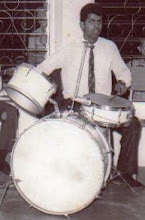

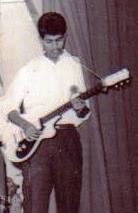


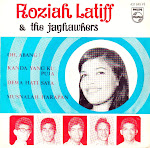








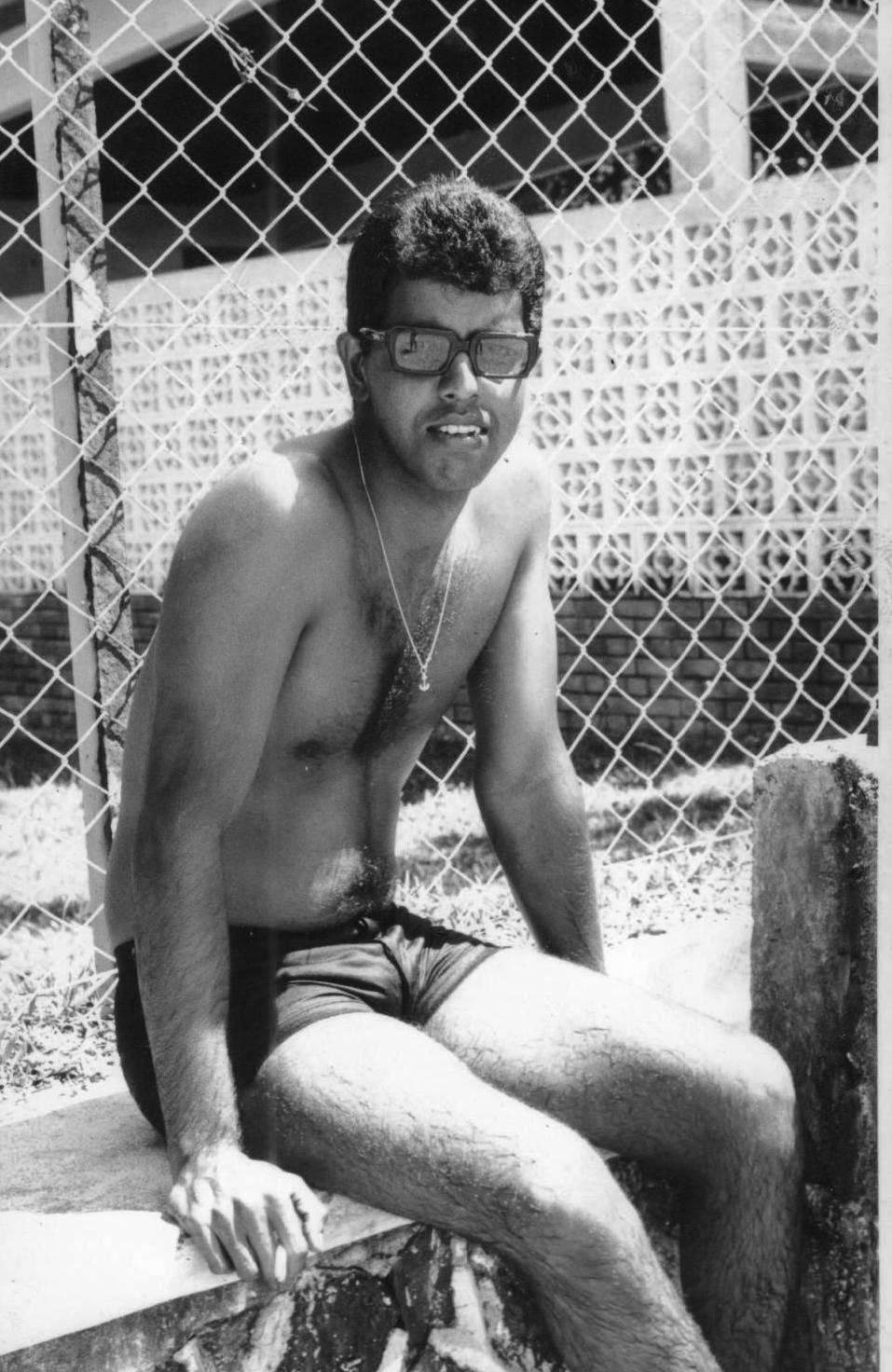
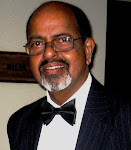


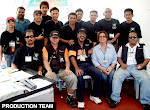
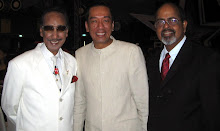

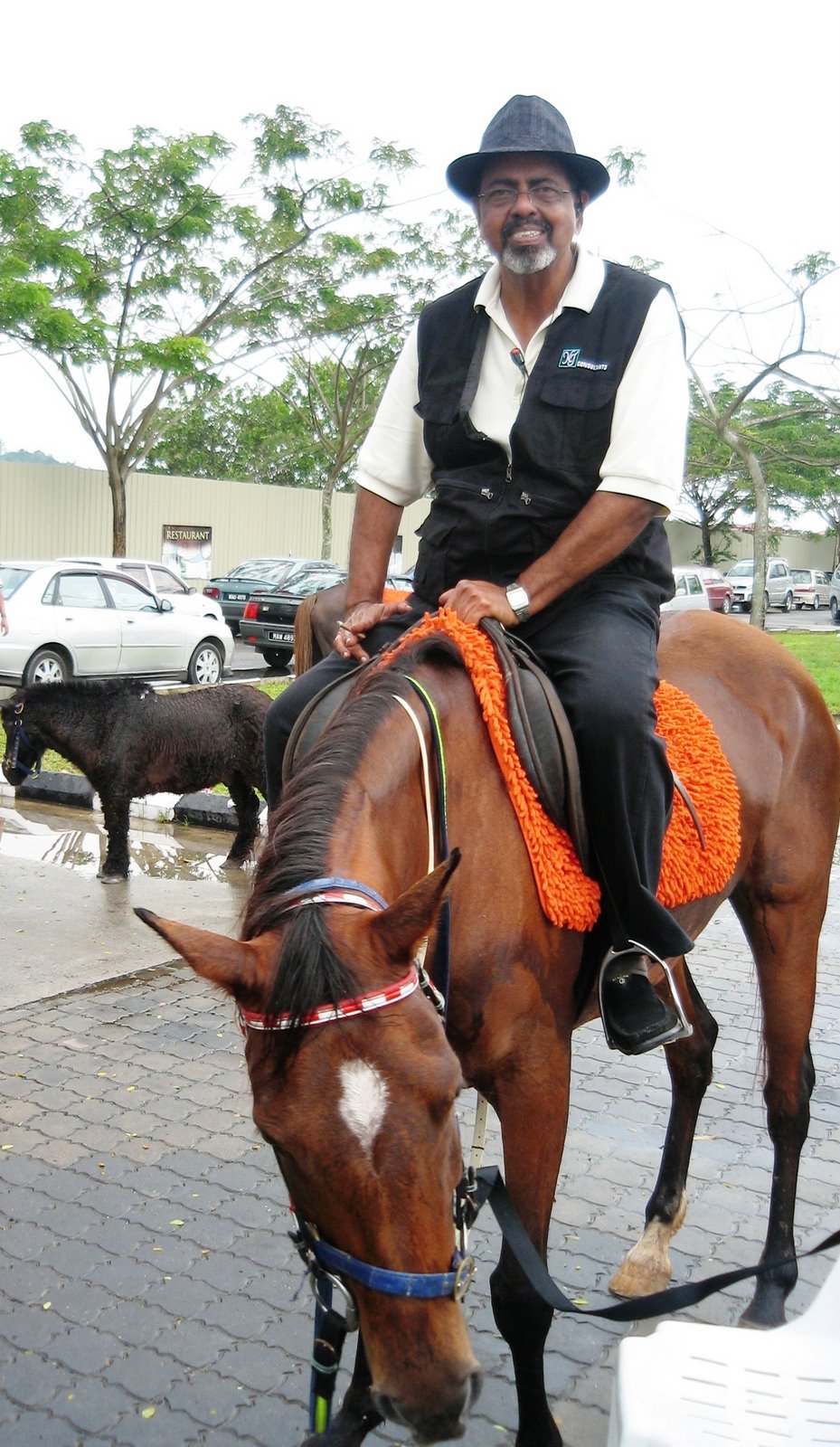







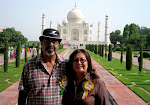



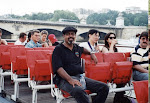

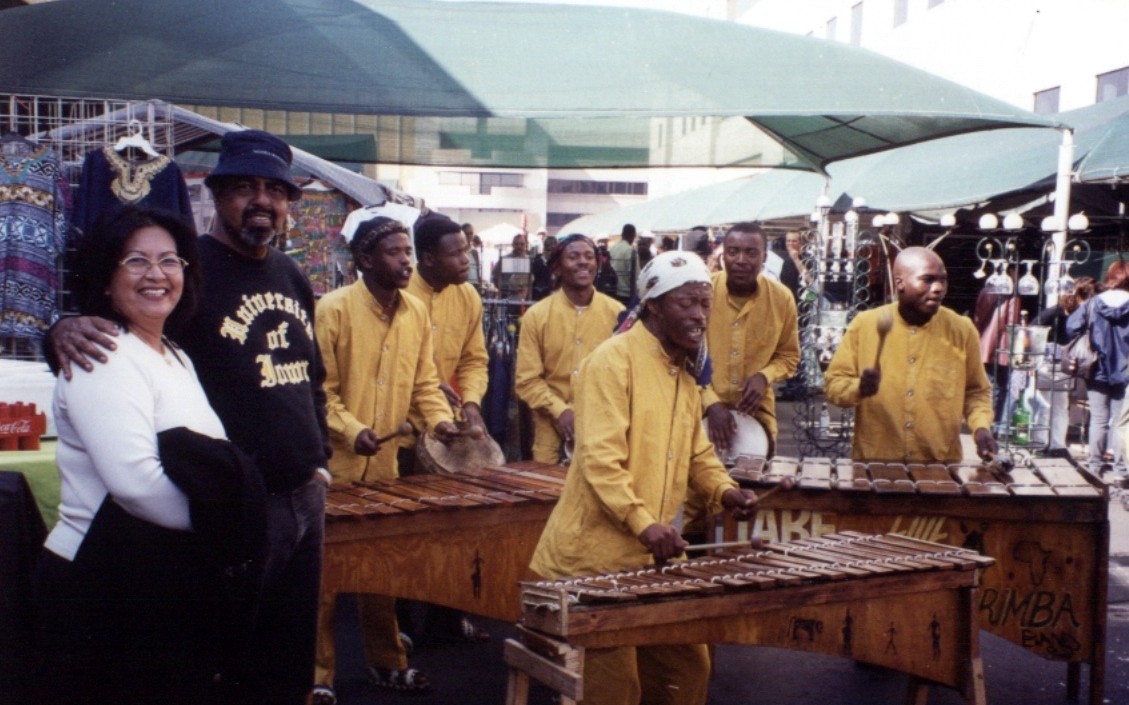

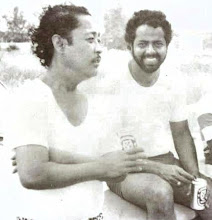
5 comments:
Nice post. Thanks
Awesome post. Really enjoyed reading your blog posts.
But then again sir, we have the straits of Malacca.
Looking at human behavior, I say Malacca was huge.
"aku depan KLCC ni" althouh you are standing infront of Maxis tower.
Looking at Western-Christian invaders behavior, I say all evidence were destroyed.
hmm..
Dear Fariz....I think you did not understand the post. It's not about the Straits of Melaka but the "city" of Melaka itself. Have you seen the size of the Melaka river at the muara/mouth...it's just a big drain compared to say the Muar River....and also the records of "ancient" Melaka are still in Europe, China and India...it was probably the Malays themselves who either destroyed any or did not bother to archive...a mentality that persists till today sir....the Malays have however preferred to keep myths like Hang Tuah alive, sorry to say.
The whole of the peninsular was called Melaka and that is why the strait is called Selat Melaka. See all the old maps and you would see the peninsular was labelled Melaka. That port or village is Bandar Hilir Melaka. Hulu Melaka is in Langkawi (northern most) and the southern most town/village is Hilir.
Post a Comment